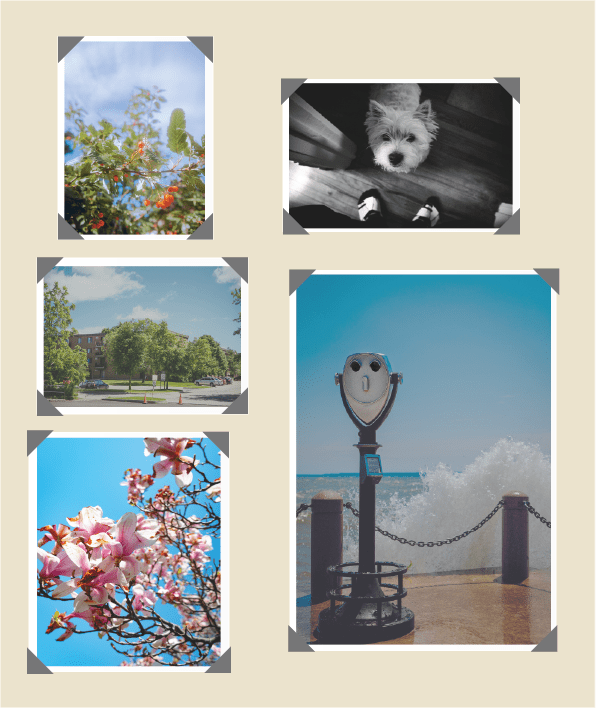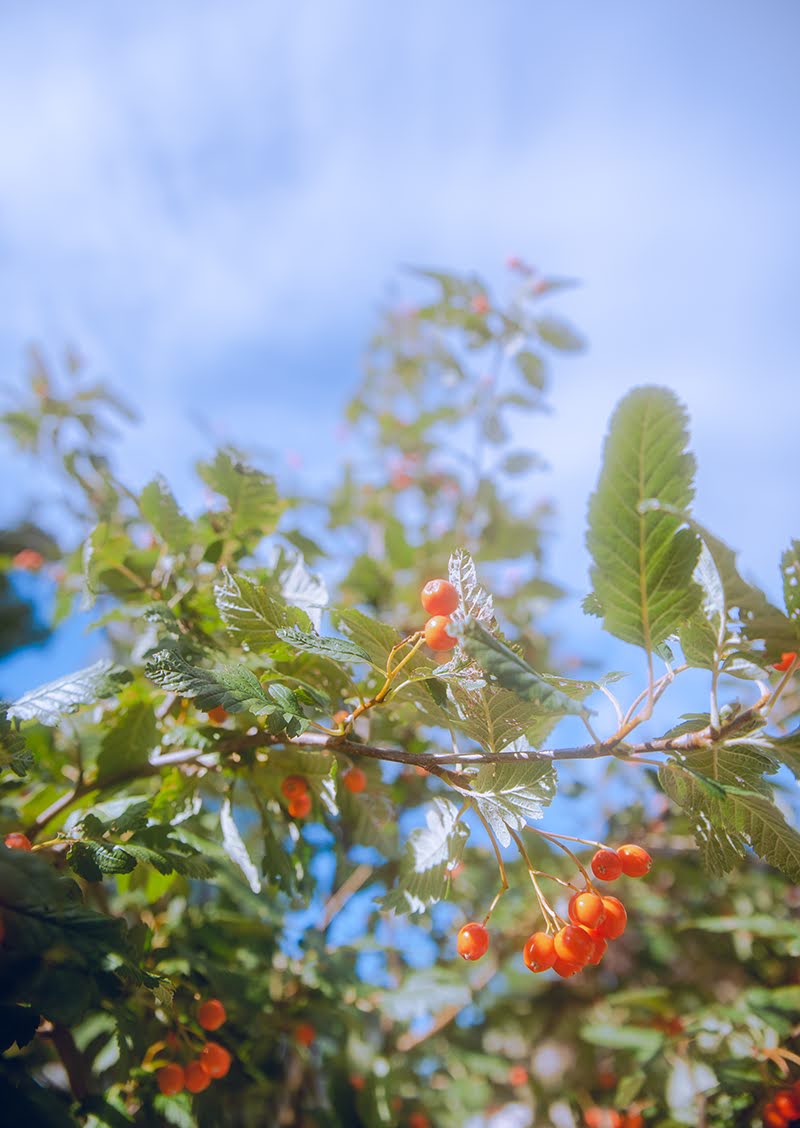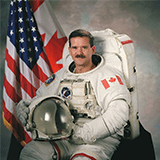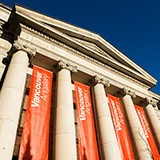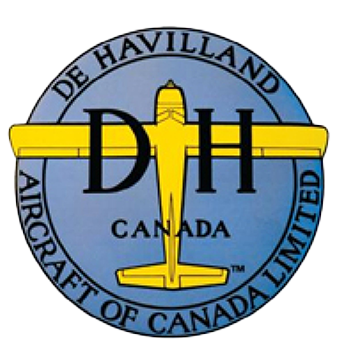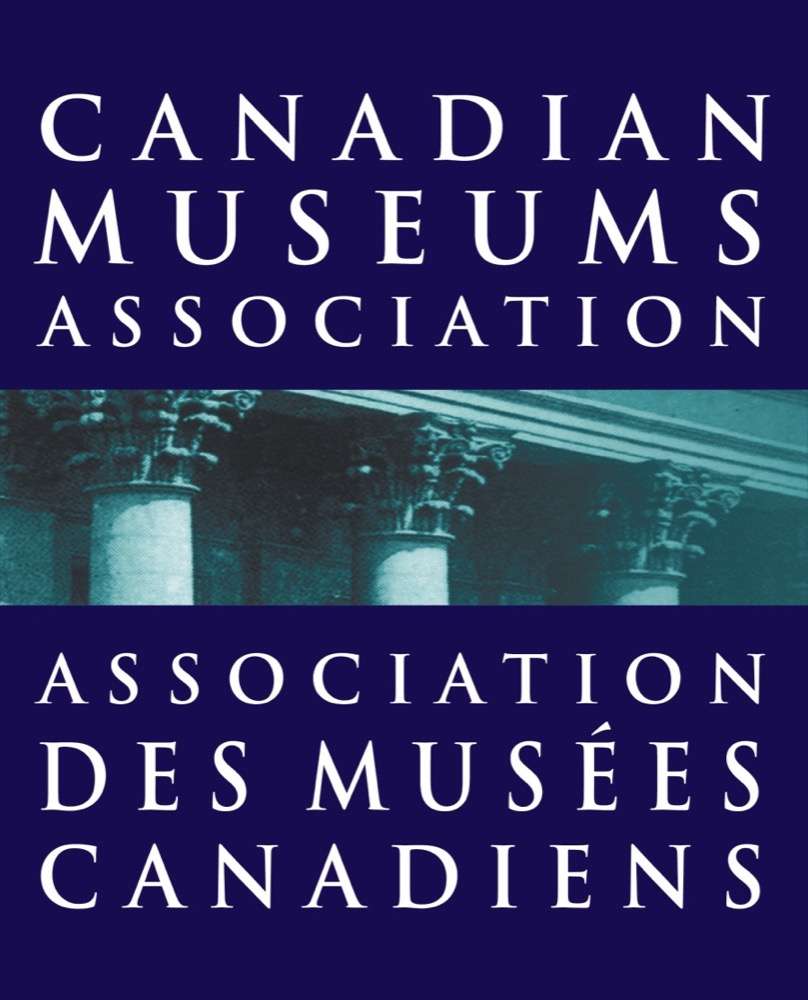Proudly Canadian
- Services
Film Transfers Video Transfers Photo/Slide Scanning Audio Transfers Data Transfers Large Format Scanning3½" floppy 5¼" floppy 8mm film 9.5mm film 16mm film ADAT Audio Audio Restoration BetacamSP BetacamSX Betamax Compact cassette DAT Digital8 Digital Betacam DTRS (DA-88) DV DVCAM DVCPro (SD and HD) Film Restoration Hi8 HDV Jaz disk LTO tape Memory cards Microcassette Minicassette MiniDisc MiniDV MiniDVD Movies MPEG IMX Negative Scanning Open Reel Video PAL to NTSC Photo Album Scanning Photo Scanning Record/LP ¼" Reel-to-reel SECAM to NTSC Slides SVHS U-matic ¾" VHS VHSc Video8 Zip disk
- Testimonials
- Locations
- Commercial / Institutional Solutions
